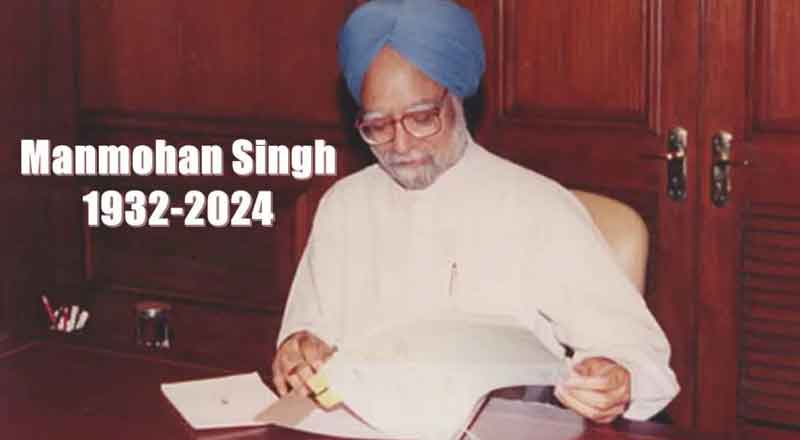In a remarkable turn of events, the Surat Lok Sabha constituency in Gujarat bore witness to an extraordinary occurrence as BJP candidate Mukesh Dalal clinched victory without encountering any opposition. The Indian parliamentary elections, unfolding with a tapestry of intrigue and unexpected twists, marked this historical moment on April 22, leaving political pundits and observers stirred with discussions on the dynamics of electoral contests.
Dalal’s uncontested triumph unfolded in the wake of the Election Commission’s rejection of Congress candidate Nilesh Kumbhani’s nomination, a decision precipitated by the disavowal of signatures on his nomination papers by his proposers. Subsequently, the Congress’ backup candidate, Suresh Padsala, met a similar fate, effectively sidelining the party from the electoral race in this crucial Gujarat city.
Dalal’s victory in the Surat parliamentary constituency follows closely on the heels of 10 BJP candidates securing uncontested wins in the recent assembly elections in Arunachal Pradesh. This electoral trend not only underscores the dominance of certain parties in specific regions but also raises questions about the efficacy of the opposition’s electoral strategies in challenging the incumbent.
The victory of a candidate without contesting an election for a Lok Sabha seat is a rarity, with the last instance dating back over three decades to 1989. However, Dalal’s achievement is not unprecedented in Indian electoral history. Prior to him, 23 candidates had achieved this feat, with the first occurrence recorded in the inaugural parliamentary elections of 1951-52.
The procedure for an unopposed election, meticulously outlined by the Election Commission of India, dictates that if a constituency has only one candidate contesting, that candidate is declared elected immediately after the withdrawal deadline, eliminating the need for a poll. This mechanism ensures a smooth electoral process in instances where only one candidate garners support, yet it also raises questions about the vibrancy of democratic participation and the level of political engagement among constituents.
Among the notable instances of uncontested victories in Lok Sabha elections are Farooq Abdullah’s win in Srinagar in 1980 and Mohammad Shafi Bhat’s success in the same constituency in 1989. These instances not only highlight the occasional absence of electoral competition but also underscore the unique political dynamics and challenges prevalent in certain regions, particularly those characterized by complex socio-political landscapes.
While most uncontested wins occur in general or regular elections, there have been at least nine instances, including Dimple Yadav’s, where candidates secured victory in bypolls without facing opposition. This phenomenon, while rare, underscores the strategic considerations and tactical maneuvers employed by political parties in navigating the electoral terrain, often exploiting loopholes and capitalizing on the absence of viable opposition.
Reflecting on the historical perspective, a comprehensive list of candidates who have won unopposed in Indian parliamentary elections sheds light on the evolution of electoral dynamics over the decades. From Anand Chand’s victory in Bilaspur in 1951 to Mukesh Dalal’s recent triumph in Surat in 2024, these instances serve as milestones in India’s electoral journey, marking shifts in political alignments, voter preferences, and the contours of democratic representation.
Mukesh Dalal’s unopposed victory in Surat adds a new chapter to India’s electoral narrative, symbolizing the intricacies and occasional anomalies inherent in its democratic process. As the nation grapples with the aftermath of this unprecedented electoral outcome, it prompts introspection on the health of democratic institutions, the vitality of political pluralism, and the imperative of fostering robust electoral competition to safeguard the principles of representative governance.
(With inputs from agencies)





